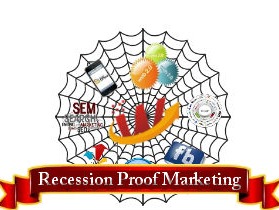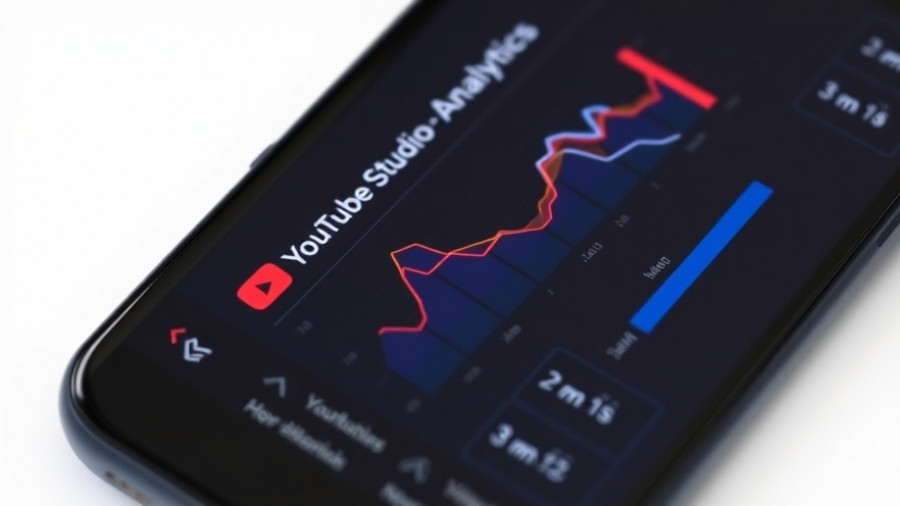
Understanding PPC Goals: The Key to Effective Advertising
In today’s digital landscape, the success of pay-per-click (PPC) advertising is not just about crafting perfect ads or optimizing landing pages. Rather, it stems from aligning advertising strategies with what truly matters to clients—their business outcomes. The foundation of effective PPC campaigns lies in understanding the client’s business model, their goals, and customer needs. Without this clarity, even the most engaging ad copy can fall flat.
Step 1: Unearthing the Business Model
Understanding a client's business model is the first pivotal step toward setting impactful PPC goals. Typically, businesses can fall into two categories: those selling products directly, like e-commerce businesses, and those focusing on generating leads, such as service-based companies.
For instance, e-commerce brands that sell products at face value provide immediate revenue insights via platforms like Google Ads, allowing marketers to calculate return on investment directly. Conversely, service-based companies collect leads that may not result in immediate sales but are invaluable for long-term growth.
This distinction profoundly influences how marketers approach PPC strategies. Each model has its unique factors including cash flow, cost structure, and market conditions, all of which affect how much a business can afford to invest in advertising and what kind of return they expect.
Step 2: Aligning Goals with Client Priorities
Not all clients aim for the same objectives when it comes to PPC. Some seek aggressive scaling while others prioritize achieving a lower cost per acquisition (CPA). Hence, it becomes crucial to have transparent discussions about a client’s priorities and desired outcomes. Just because performance metrics seem favorable on the surface (like a good click-through rate) doesn’t mean that a campaign is delivering true value to the business.
Agencies often make the mistake of relying solely on industry-specific key performance indicators (KPIs) that may not encapsulate the whole picture. Understanding what 'success' looks like for each client helps tailor campaigns to meet their specific needs, whether that means increased brand visibility, outbidding a competitor, or targeting a precise audience.
Step 3: Developing Proper Conversion Metrics
The next step is determining what constitutes a successful conversion. This means not just focusing on the number of leads captured but also their quality and the potential for these leads to convert into sales. For businesses reliant on leads, devising strategies to nurture leads effectively (such as timely follow-ups) is critical for optimizing for actual revenue.
Step 4: Implementing Correct Tracking Mechanisms
For PPC campaigns to succeed, it’s crucial to have accurate tracking systems in place. This means tracking everything from initial contact through to final sale systematically. Implementing advanced tools and techniques, like funnel analysis and conversion rate optimization, can play a vital role in fine-tuning campaigns.
Step 5: Continuous Review and Adjustment
The digital landscape and consumer behavior are constantly evolving. Thus, PPC strategies must also remain dynamic. Regularly reviewing campaign performance metrics allows marketers to adjust strategies accordingly, ensuring continuous alignment with client goals. This iterative approach fosters a more responsive strategy, allowing both the marketer and client to adapt to any unexpected market changes.
The Bigger Picture: Implications for Agencies
Understanding PPC isn’t just about the nuts and bolts of technology; it is about fostering partnerships built on trust and aligned objectives. By ensuring clients are well-informed and that their goals are understood clearly, agencies can deliver superior value and achieve long-term success in the competitive world of PPC advertising.
 Add Row
Add Row  Add
Add 




Write A Comment